#oxidized silver
Explore tagged Tumblr posts
Text
An Indian necklace is a beautiful piece of jewelry made with care and detail. It often features gold, colorful stones, and traditional designs. People wear an Indian necklace during weddings and festivals. It adds elegance and charm to any outfit, blending tradition with a modern look.
0 notes
Text

birdhouse i am slowly filling with random trinkets until christmas for my friend
96 notes
·
View notes
Text

Tribujam Gundu Earrings - Oxidized Silver And Pearl Earrings
This Diwali, wear stories fashioned from oxidized silver, where tradition meets eternal elegance. Shine not just in the light, but also in your legacy. Shop with us at www.samskruthisilver.com
#samskruthi silver#silver jewelry#handcrafted jewelry#earrings#silver earrings#designer earrings#pearl jewellery#oxidized jewelry
2 notes
·
View notes
Text
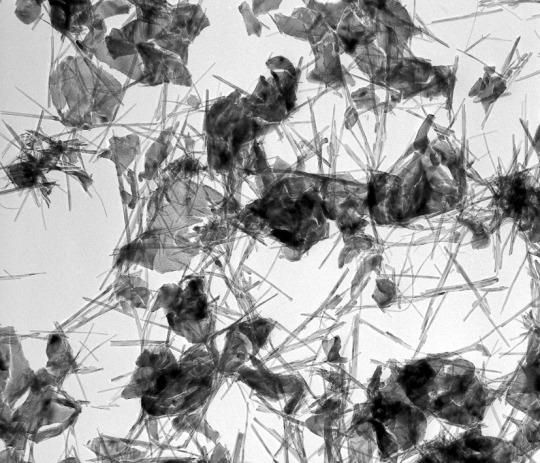
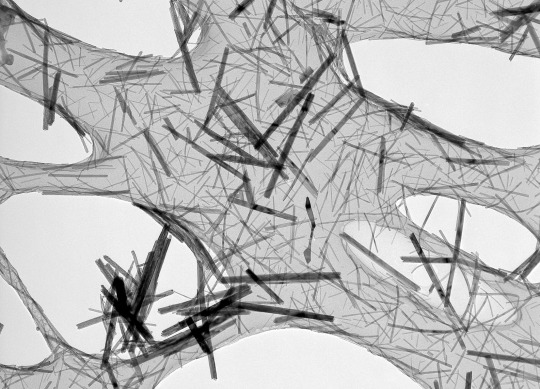
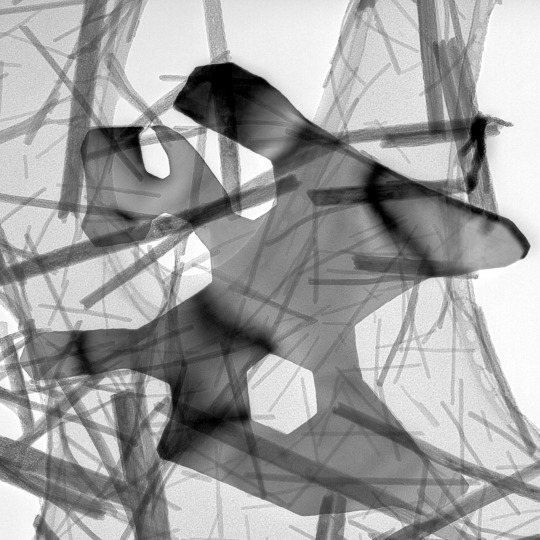
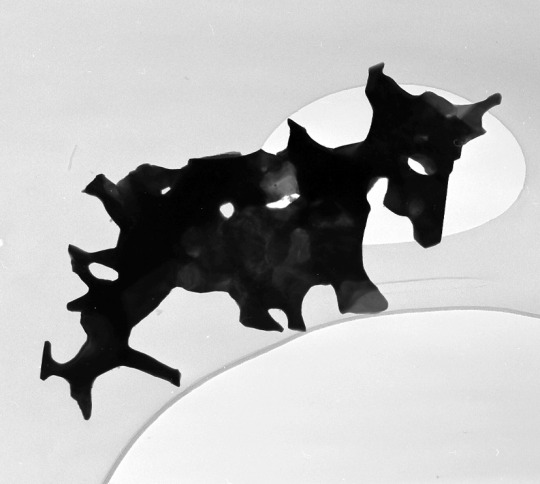

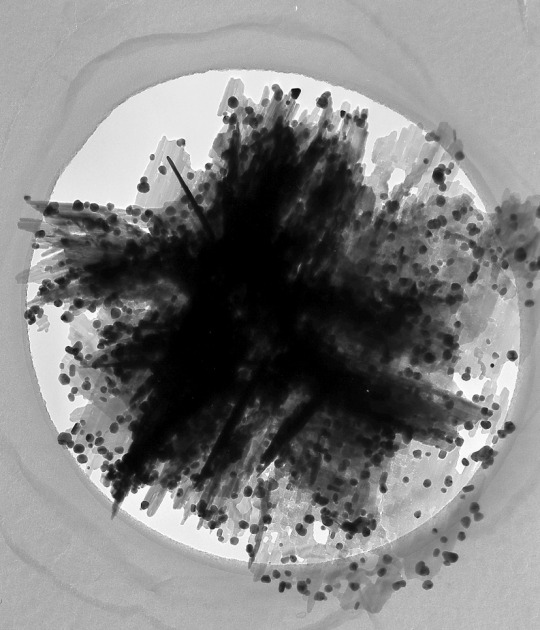



#electron microscopy#transmission electron microscopy#nanoparticles#rare earth hydroxides#zinc tungstate#silver on zinc oxide#zinc titanate#original content
9 notes
·
View notes
Text

It was Andy Warhol’s birthday this past Tuesday, August 6th, so today seemed like a good time to post some images taken at The Andy Warhol Museum in Pittsburgh. Warhol was a prolific artist and the museum does an excellent job at presenting both his body of work, and the essence of what made him such a unique presence in the world.
Below are a few selections from what was on view in February of 2024.
Warhol made several film works including Screen Tests, his series of portraits in which the subjects attempted to remain still for around three minutes. The results were then played back in slow motion. Many well known names participated.

The museum has a room dedicated to their recreation of his delightful installation Silver Clouds.
From the museum about this work-
“I don’t paint anymore, I gave it up about a year ago and just do movies now. I could do two things at the same time but movies are more exciting. Painting was just a phase I went through. But I’m doing some floating sculpture now: silver rectangles that I blow up and that float.” —Andy Warhol, 1966
In April 1966 Warhol opened his light and music extravaganza the Exploding Plastic Inevitable (EPI), a complete sensorial experience of light, music, and film at the Dom, a large dance hall in the East Village in New York City. Running concurrently with the EPI was Warhol’s bold and unconventional exhibition at the prestigious Leo Castelli Gallery that comprised two artworks: the Silver Clouds and Cow Wallpaper.
Constructed from metalized plastic film and filled with helium, the floating clouds were produced in collaboration with Billy Klüver, an engineer known for his work with artists such as Robert Rauschenberg, Yvonne Rainer, and John Cage. Warhol originally asked Klüver to create floating light bulbs; an unusual shape that proved infeasible.
Klüver showed Warhol a sample of the silver material and his reaction to the plastic sparked a new direction, “Let’s make clouds.” They experimented with cumulus shapes, but the puffed rectangle was the most successful and most buoyant. The end result was w hat Warhol was looking for from the beginning— “paintings that could float.” Silver Clouds, like the EPI with its flashing lights and overlapping films, was an explosion of objects in space and presented an immersive, bodily experience for the viewer.


Warhol was always experimenting with new ideas and processes. Pictured above is Oxidation, 1978, and a closer look at the canvas. It is part of Altered States, an exhibition of this body of work and its creation.
Below the museum explains Warhol’s process, and how the paintings were altered both during past exhibitions, and again when the museum lost power and climate control.
Andy Warhol’s Oxidation paintings represent the artist’s radical approach to Abstract Expressionism, a movement popularized by painters like Jackson Pollock and Mark Rothko after World War II, and a style Warhol didn’t experiment with until late in his career. Between 1977 and 1978, however, when Warhol began testing the corrosive effects of oxidation by mixing copper paint and urine, the beautifully iridescent canvases were a critical breakthrough at a time when his standing in the art world had taken a hit. The Oxidation series, along with abstract works like the Rorschachs and Shadows, allowed Warhol to reinvent himself yet again.
To create the Oxidation works, Warhol and his assistants mixed dry metallic powder in water before adding acrylic medium as the binder.
Canvases were spread out on the studio floor and coated in copper paint. Warhol’s assistants or Factory visitors were then invited to urinate on the canvases while the paint was still wet. As the urine acid oxidized the metal in the copper paint, a range of unpredictable patterns emerged.
Before Warhol’s death in 1987, the Oxidation paintings were exhibited only three times, including the Paris Art Fair FIAC at the Grand Palais, where the artist first noticed the volatility of the works. “When I showed them in Paris, the hot lights made them melt again,” he said.
“It’s very weird.. they never stopped dripping.” More than 45 years later, unpredictability remains a hallmark of the series. In June of 2020, after a power outage disabled the museum’s climate control for several days, staff conservators noticed changes similar to what Warhol observed in Paris. New drips appeared on the surface of Oxidation (1978), shown here, and the areas of corrosion changed color.
This presentation seeks to answer a deceptively simple question:
What happened? Museum conservators, with help from colleagues in the field and scientists, have been hard at work finding answers. The examination and analysis of the Oxidation paintings in the museum’s collection will contribute to proper stewardship, preservation, and treatment of the nearly 100 other works worldwide.

Several of the paintings on view are in his signature style, including portraits of famous (and less famous) people, and in one room, different skulls in various colors.
From the museum-
Warhol’s Skull paintings have often been considered memento mori, recalling the centuries-long tradition of art that reminds us of our mortality. Memento mori, from Latin, translates roughly to “remember that you are mortal” or “remember you will die.” Warhol’s own near-death experience happened in 1968, when troubled writer Valerie Solanas shot Warhol in the abdomen after claiming the artist had lost a script she had written. After reportedly being declared dead upon arrival at the hospital, Warhol’s life was saved during five hours of surgery. After nearly two months, he was released from the hospital but required further surgeries over the following years.
On one of the floors is The Archives Study Center. There, behind glass, are some of Warhol’s Time Capsules- boxes he filled with a wide variety of items, sealed and put into storage.


On the same floor is the Great Dane pictured above, Champion Ador Tipp Topp (“Cecil”), who Warhol bought at an antique store after being told the dog had belonged to Cecil B. De Mille. The dog remained in Warhol’s office until his death.
A little more detail from the museum-
This mounted Great Dane, called Cecil by Warhol and his associates, was once a champion show dog. Born in Germany in 1921, original name was Ador Tipp Topp. Owned by Charles Ludwig, a top breeder, Cecil was sold to Gerdus H. Wynkoop of Long Island who entered the dog in several shows earning him the title of Champion by 1924, and Best of Breed at the Westminster Kennel Club.
After his death in 1930, Cecil’s remains were sent to Yale University in Connecticut, where they were mounted and displayed with 11 other breeds in what was known colloquially as “the dog hall of fame” at the Peabody Museum. However, by 1945, the canine display was removed to storage and forgotten.
In 1964 Scott Elliot, a Yale drama student, went to the Museum to find birds for a new play. He found the birds and also bought all 12 dog mounts for $10 each. When Elliot had to move a few months later, many of the mounts were left with a friend who put them in rented storage, which went unpaid and the contents were dispersed.
Warhol came across the display in an antique shop on 3rd Avenue several years later. He was told that the dog had belonged to film director Cecil B. DeMille. Warhol bought the story and the Great Dane for $300. Cecil found his final home at Andy’s office, where he was kept until Andy’s death in 1986.
Cecil’s current appearance differs from his championship form. His coat was originally black and white but exposure to sunlight has faded it to brown. Over the years, it sustained damage to the ears; they were repaired in April 1994 in anticipation of the opening of the Warhol Museum, to reflect the style of current breeds.
This is just a brief selection of what was on view. The museum collection also includes his early commercial paintings, some of his collaborations, television work, and more.
One of the great things about Andy Warhol is that no matter how much you know, there are always new things to learn. Even more than thirty years after his death, he remains as relevant as ever.
#Andy Warhol#The Andy Warhol Museum#Silver Clouds#Archives#Art Installation#Cecil B. DeMille#Film#Film and Video#Oxidation Paintings#Painting#Pittsburgh#Pittsburgh Art#Pittsburgh Art Shows#Pittsburgh Museum#Screen Tests#Sculpture#Skulls#Time Capsule#Video#FBF
3 notes
·
View notes
Photo


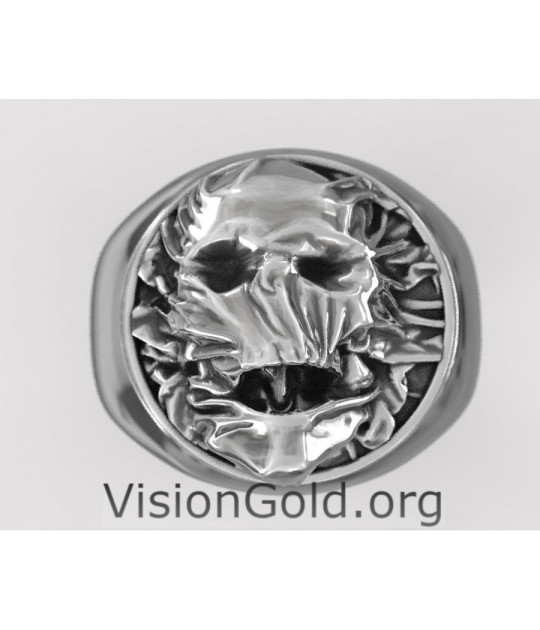

(via The trendiest men's ring with a skull to launch your style by stealing impressions)
Handmade Rock n roll jewelry like you've never seen before. Make it yours now in a great box with free shipping. Very comfortable for everyday use and in every occasion with a spooky design that will take off your rock punk style
3 notes
·
View notes
Text
when people ask "do you prefer silver or gold jewelery" I cannot afford gold jewelery man no point in answering the question
1 note
·
View note
Text
You know when silver becomes oxidized over a period of years and looks like death and decay? I love that
0 notes
Text
Discover our beautiful collection of Silver Oxidized jewelry, featuring unique designs that blend elegance and tradition. Each piece showcases intricate detailing, perfect for adding a touch of charm to any outfit. Ideal for everyday wear or special occasions, these accessories make a wonderful addition to your jewelry collection.
0 notes
Text
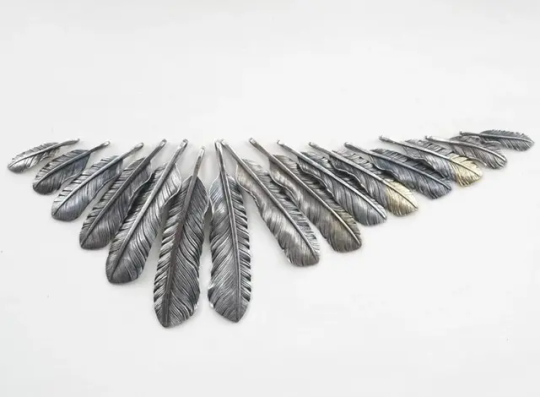
Silver Feather, Handcrafted, Limited Sales at XYELEMENT
#Feather Pendant#Handcrafted Pendant#Oxidized Pendant#925 Silver Charm#Feather Charm#Tribal Pendant#Native Jewelry#Native American#Indian Jewelry#Symbolic Jewelry#Hawk Feather#Boho Pendant#Red Tailed Hawk#arkipelagus#arkipelagus jewelry#xyelement
0 notes
Text
hey :p traditionally when working with foil, silver foil will have a black colored base coat while gold foil will have an ochre one :p
#50% that the silver is black bc that's the color it oxidizes to#sorry everyone I was watching a miniature video and they used a black base for gold acrylic#I have to share the only 2 things I know. that's all. have fun!#I'll say. the cracks in the gold foil where you can see the ochre color below. very pretty <3
0 notes
Text
#gallium based liquid alloys#indium tin oxide#solder alloys#silver brazing alloys#lead alloys#tin alloys#radiation shielding products#radiation shielding material#tin sheet manufacturers#low melting point alloys#indium wire#indium sheet
1 note
·
View note
Text
I once had the luck of going to a conference by 2 of the people that worked for the GIEC (I think in English it's the IPCC), after their conference where they told us how important it was to use solar panels and renewable energy instead of nuclear or coal, I asked where and how we could get the materials to build solar panels, because of we have to destroy the Amazonian Forest to save the Amazonian Forest, it's a bit pointless
They had no idea how to answer, I'm sure somewhere in the rapports there was some degree of answer to that but neither of the two speakers knew about it... The lack of communication makes big institutions release contradictory statements or just ideas that only work from one point of view, greatly reducing the credibility of the institution in question
Studying sustainability has taught me that the answer to things like “is it better to use paper or plastic bags?” always ends up being something like “we would need to perform an extremely in depth study on the entire life cycle of both types of bags from virgin material collection to product recollection, compare things like amount of product each type of bag can carry, material usage per bag, how frequently double-bagging is occurring, and take into account a ridiculous number of factors down to the fuel efficiency of the trucks that transport them and even after all that we would have to try to find a way to compare whether the higher carbon emissions of producing and transporting paper bags is better than the fact that the plastic bags will be plastic bags for the next thousand years. And at the end of the day all this research would ultimately not be particularly useful because our waste collection streams in the US are so fucking bad it’s depressing.”
And then someone will ask about reusable bags and you’d have to do the study again only to reveal that you need to use the reusable bag like a couple thousand times to offset the carbon emissions it takes to make the reusable bag and make it worth it over disposable bags and that’s not taking into consideration bags breaking before then or being forgotten about completely.
The answer always leads to “it’s incredibly complicated but our current practices are so terrible we would need a full scale restructuring of our economy and practices to such a degree that can literally never happen because our government is lobbied by the people who make money off of said unsustainable practices.”
So the answer to “paper bags or plastic bags?” is that we need to destroy capitalism
#climate politics#solar panels#Old ways to build solar panels released silver or platinum oxide in the atmosphere which you can guess isn't a fun thing#asside from their toxicity they both increase greenhouse effect#newer version still require electronics which are made with rare metals taken in mines in the north of the Amazonian
28K notes
·
View notes
Text
LR44, AG13, SG13, LR1154, SR44, SR44SW, 303, 357, A76 Battery Equivalents and Replacements
AG13/LR44/SR44/SR44SW/357 button/coin cell batteries are very popular batteries, commonly found in wrist watches, small flashlights, calculators, some remote control devices, thermometers, laser pointers, and other small electronic units.
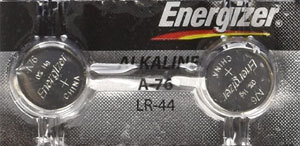
According to the IEC standard, this battery should be called LR1154 (alkaline) or SR1154 (silver-oxide). Sometimes shorter, two-digit code is used: LR44 for alkaline and SR44 (or SR44SW) for silver-oxide batteries.
Many manufacturers use their own names for these batteries, but they also tend to add IEC and other standard codes, including short descriptions of the chemistry and other important features.
#lr44#lr44 battery#alkaline battery#silver oxide battery#zinc air battery#ag13 battery#ag13#sr44 battery#303 battery#357 battery
0 notes
Text
The standard reduction potentials in table 12.1 would predict that acids (represented by H+(aq) or H3O+) can oxidise certain metals, such as Fe, Zn, Sn and Mg (see figure 12.17), but not other metals, such as Ag, Cu and Au.


"Chemistry" 2e - Blackman, A., Bottle, S., Schmid, S., Mocerino, M., Wille, U.
#book quotes#chemistry#nonfiction#textbook#reduction potential#prediction#acid#proton#hydronium#oxidation#sulfuric acid#iron#zinc#tin#magnesium#metal#silver#copper#gold#chemical reactions
0 notes